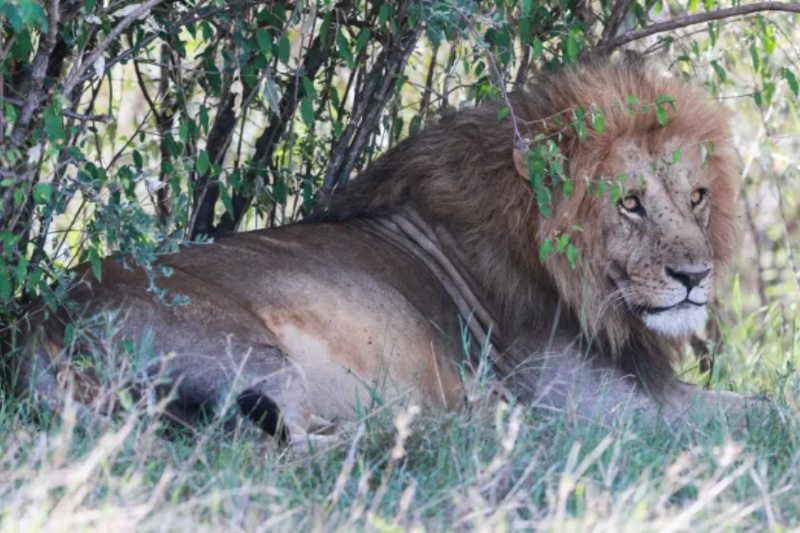Lion Snatches and Kills 14-Year-Old Girl Near Nairobi

A 14-year-old girl lost her life in a tragic lion attack near Nairobi, Kenya, according to the Kenya Wildlife Service (KWS).
The incident occurred at a residential compound located on a ranch bordering Nairobi National Park.
According to KWS, the lion seized the girl from the premises. A second teenager raised the alarm, prompting a search by wildlife rangers who traced footprints to the nearby Mbagathi River, where they discovered the remains of the primary school student.
Efforts are ongoing to locate the lion responsible. Wildlife officers have set traps and deployed search teams to track the animal, while additional security measures have been implemented in the area to prevent further attacks.
Nairobi National Park, situated just 10 kilometers from the city center, is home to various wild animals including lions, leopards, buffalos, giraffes, and cheetahs. While the park is enclosed on three sides to prevent animals from entering urban areas, its southern boundary remains open to facilitate animal migration—sometimes bringing wildlife into closer contact with humans.
Though conflicts between humans and lions in Kenya are not uncommon, especially over livestock, fatal encounters involving people are rare. However, this tragedy comes amid rising concerns about human-wildlife conflicts in areas adjacent to conservation zones.
In a separate incident, KWS also reported the death of a 54-year-old man who was fatally injured by an elephant in Nyeri County, approximately 130 kilometers north of Nairobi.
The elephant, which had been grazing in Mere Forest, attacked the man, inflicting severe chest trauma and internal injuries. Despite being rushed to a local hospital, he did not survive.
Wildlife conservationist Paula Kahumbu, who leads the group WildlifeDirect, emphasized that these deaths highlight an ongoing risk.
She called on KWS to conduct more thorough risk assessments and enhance real-time tracking and communication of wildlife movements, especially in high-risk zones such as Savannah Ranch, where the young girl was attacked.
Kahumbu further urged that all residential and tourism facilities near wildlife habitats be equipped with protective measures such as secure fencing, alarm systems, deterrent lights, and anti-predator sprays.
"Prevention remains our most effective tool," she said, stressing the urgent need for proactive measures to reduce the growing threat of human-wildlife encounters.



